On the Hunt for the Wild Relatives of America’s Favorite Produce
Popular crops’ untamed cousins are genetic gold mines, but they’re at risk of disappearing.
When Colin Khoury was six years old, he committed an act of civil disobedience. It was Southern California in the 1980s, and real estate companies were hungry to turn the remaining farms and wilderness bordering Los Angeles into shiny new developments.
Barely out of kindergarten, Khoury was firmly against the developers. His love for landscape was tactile, childlike; he’d comb the sun-drenched earth around his home for wild plants, popping their juicy leaves into his mouth. His mother regularly found herself calling poison control. So when six-year-old Khoury saw a developer’s banner planted on a plot of land overlooking a craggy depression, he chucked the sign right into the canyon. “I was doing my own activism,” he says with a laugh.
Several decades and degrees later, Khoury no longer stages impromptu acts of eco-vandalism. He still, however, loves wild plants. As a crop-diversity specialist affiliated with the International Center for Tropical Agriculture and the USDA, Khoury works with a network of scientists, land managers, and crop-diversity advocates to map, research, conserve, and cultivate the wild relatives of our favorite supermarket produce. The search for these species has taken Khoury around the world—from Syria to Jamaica and back to the Sonoran Desert—and back in time, to the dawn of human agriculture.


Around 10,000 years ago, humans at several sites across the world began domesticating plants. They selected seeds from plants they had previously foraged, which had large, sweet fruits or convenient growing cycles. Over millennia of breeding, our ancestors turned wispy seeds, bitter fruits, and tiny tubers into the wheat, beans, and potatoes we eat today.
Domestication made wild plants more friendly to human consumption. But in the process, these plants lost something precious: resilience. Domesticated crops are notoriously coddled, reliant on regular watering, precise temperatures, and human care. At the same time, monoculture—the dominant agricultural practice of intensively breeding and mass-producing a select few cultivars for food production—has created crops with high yields but little diversity, making them less resilient to disease and climate change.
The modern banana exemplifies this vulnerability. While there are more than 1,000 types of banana, 47 percent of all cultivated bananas are of the Cavendish variety. This lack of genetic diversity means that when a threat comes along, like the feared Fusarium fungus, scientists fear the possibility of a “banana apocalypse” and chaos on par with the demise of the Gros Michel, the once-ubiquitous banana that preceded the Cavendish.
In contrast, domesticated crops’ wild relatives have evolved in diverse and often challenging conditions, from the wild-potato cousins that thrive on rocky Andean outcroppings to the hardy tepary beans of the parched Sonoran desert. This resilience makes wild plants genetic gold mines of potentially useful traits, such as drought and heat resistance. When crossed with conventional domesticates, they can yield more resilient and sustainable—not to mention potentially tastier—cultivars. To preserve these traits, scientists have spent decades collecting seeds and depositing them in gene banks.
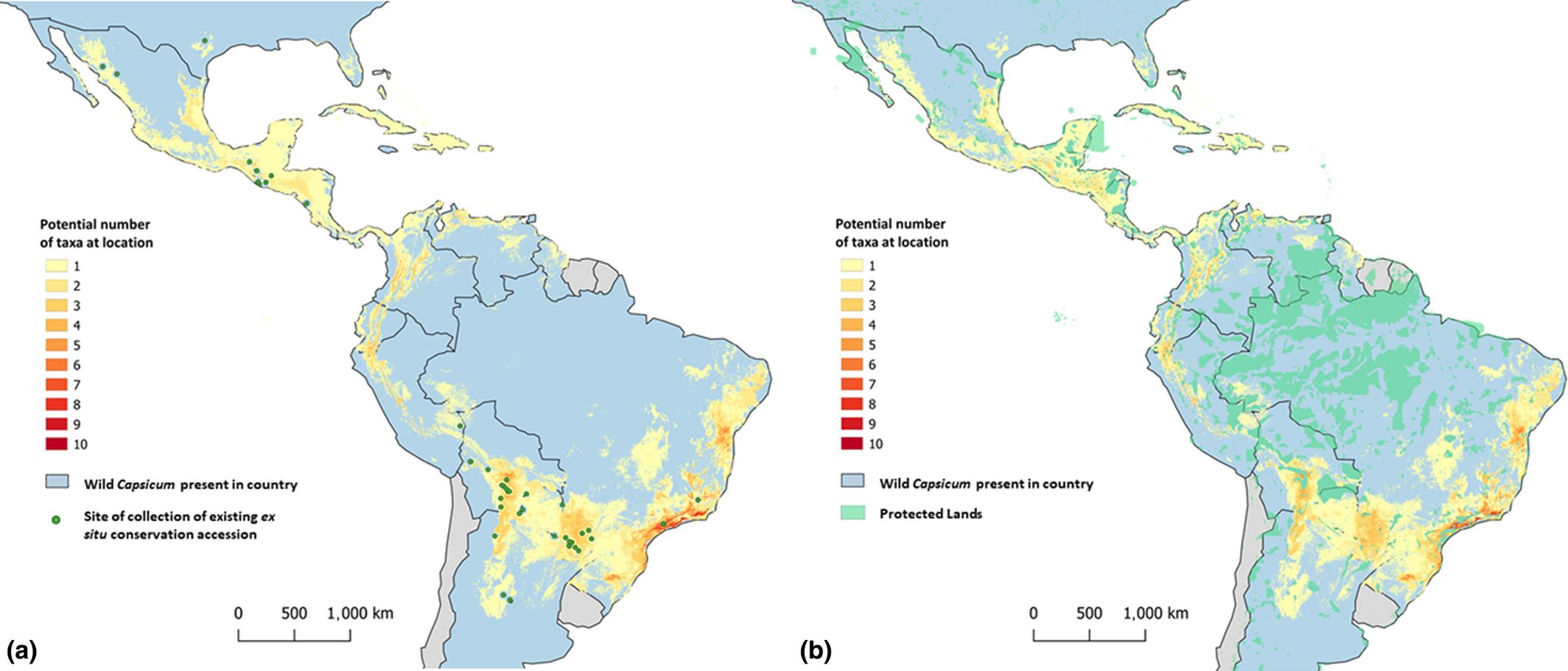
But staple crops’ wild relatives are under threat. “They’re wild plants that have all the issues that wild plants have: being encroached upon by human beings, climate change,” says Khoury.
Human activity, such as deforestation and development, has led to the extinction of hundreds of the worlds’ plants in the past hundred years, a rate 500 times faster than would be the case without human interference. The wild relatives of our most important crops haven’t been spared. Daniel Debouck, a now-retired gene-bank manager at the Center for Tropical Agriculture, who spent most of his career hunting wild plants in Latin America, says that many of the plants he first identified in the 1970s and ’80s have now been encroached upon by humans. “My most urgent priority was extinction, and continues to be extinction,” he says.
With even more climate-change-induced habitat destruction on the horizon, Khoury and his colleagues are taking action to prevent this wealth of agricultural information from being forever lost. In a series of recent studies, they’ve dug through hundred-year-old museum specimens, scoured published surveys, and drawn on their own experience tracking far-flung species in the wild to map the remaining populations of domesticated crops’ wild relatives in the Americas. They’ve charted populations of wild chile peppers, lettuce, and squash, designating 600 wild species for further study in the United States alone. Dozens of those species are under threat of extinction; others have yet to be studied at all. Researchers estimate that more than 65 percent of wild pumpkin varieties and 95 percent of wild pepper varieties have never been included in any gene bank.
By mapping where these populations occur, scientists can focus on collecting plants from threatened areas, and advocate for greater protections for these plants’ wild habitats. Their results would resonate with six-year-old Khoury, who already suspected that threats to wild plants are threats to human wellbeing.
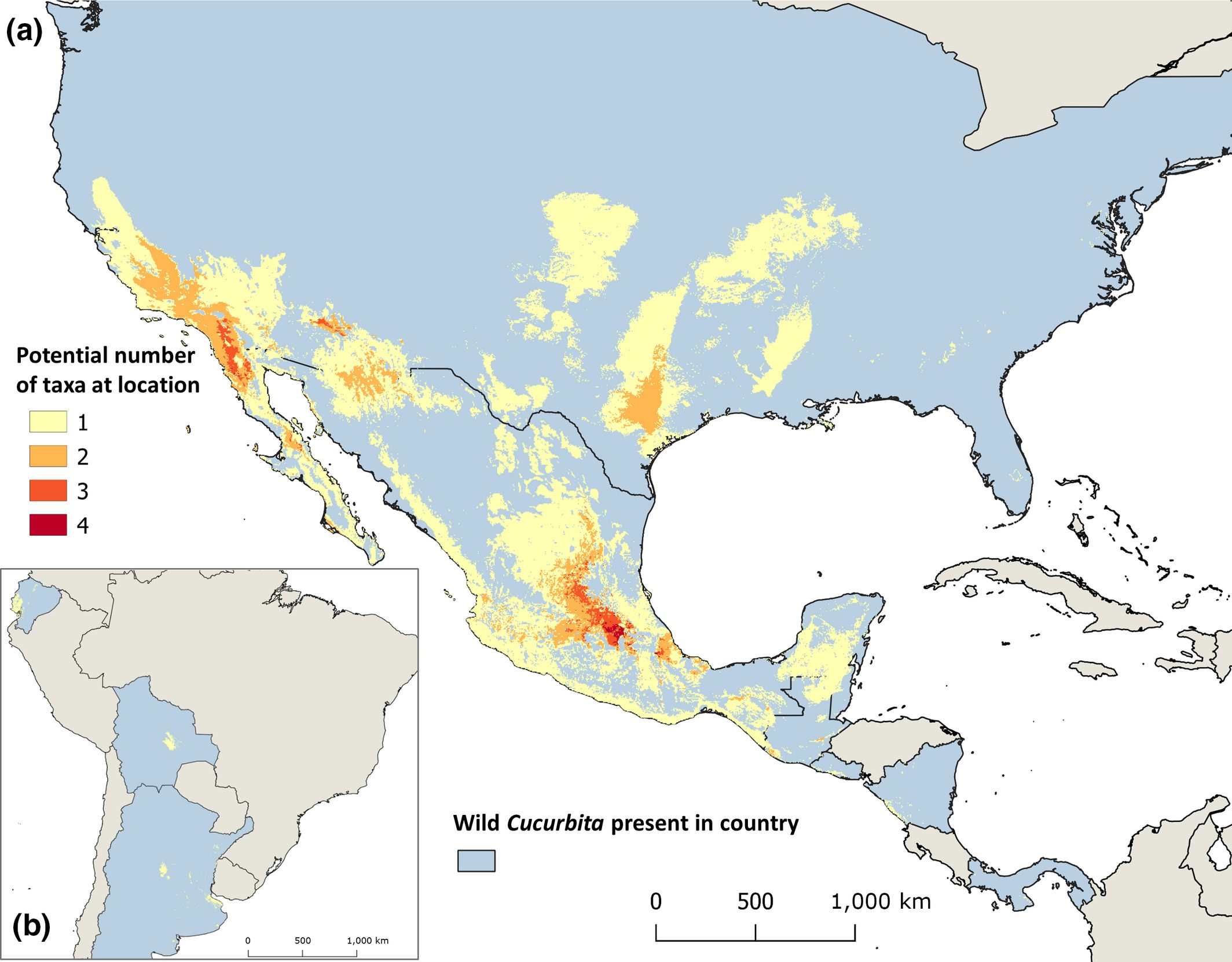
Daniel Debouck has witnessed the disappearance of wild-crop habitats firsthand. In 1977, Debouck had just started his first job as a plant researcher in Belgium. He was working with colleagues to develop more resilient agricultural crops, but he found the specimens he already had access to just wouldn’t cut it. By the mid-1900s, interest in crop research, and scientific advances in genetics, had sprouted a wave of gene-bank openings around the world. These facilities allowed scientists to store genetic material from plants, like seeds, and use them for further research. But there were gaps in the collections of the wild relatives of many of the Latin American-origin crops that feed most of the worlds’ inhabitants, including potatoes and beans.
So Debouck took to the field. Over the next four decades, he traveled the Western Hemisphere, from dense Central American rainforests to cool, scruffy Andean ledges, with his eyes glued to the ground. Debouck specializes in bean plants’ wild relatives, so searched areas around beans’ initial domestication sites, in current-day Mexico and parts of South America, for their telltale spindly pods. He’s discovered 14 new species, and collected over 3,900 new varieties of plants. But he’s also witnessed many of these species come under attack. “I’ve been collecting in places where today you’ll find houses, roads, and supermarkets,” he says. “Coming back in something like 10 or 15 years, the area will be completely different.”

That makes Debouck’s intimate field experience even more vital to wild-plant preservation. To find a relative of a popular food crop, Debouck first searches through herbaria specimens, which are dried plant and seed samples glued to paper and kept in vast libraries at museums and botanical gardens. Plants in these collections can be centuries old; they’re sometimes unnamed, labelled with just a place of origin. Once Debouck has identified a specimen as a potential wild relative, he takes to the field.
He begins by asking local farmers what they know about the mystery plant, comparing their knowledge with his research. Then, he starts searching. Debouck combs the countryside, reading seeds and leaves like a doctor reads symptoms. His memory for landscape is uncanny. On a recent trip to Peru’s Sacred Valley, he used signs such as soil type, ground coverage, and proximity to water to locate the descendants of wild beans he had first spotted 30 years before. Once he finds the plants, Debouck documents their location and condition, and, if he’s obtained host-country permission, take samples to store at gene banks for posterity.
That last step, of asking permission, wasn’t always on the botanist checklist. “The politics of all of this stuff has changed hugely since 100 years ago, where basically it was Indiana Jones time,” says Khoury. During the 1800s and early 1900s, explorers, on behalf of colonial powers, often took specimens from colonized areas without the input of local people, and used these samples to prop up the agricultural exploitation of African, Asian, and Latin American lands for European and, later, American benefit.
Today, thanks to international agreements such as the 1993 United Nations Convention on Biological Diversity, scientists must request permission from host countries and honor ethical commitments to local communities. Rather than using the resulting data to plunder distant lands, they’re helping to restore the very ecosystems that extractive agriculture, characteristic of settler colonialism in the Americas, initially disrupted.
At the Land Institute in Salina, Kansas, researchers are taking inspiration directly from the prairie, including wild grains native to this area, to reimagine the way we farm. An untrained eye may look at the ground around the Land Institute and see nothing but wind-ruffled grass. But Tim Crews, Director of Research at the Institute, sees the future. “The whole goal is to make an agricultur[al system] that is like the natural system that was there to begin with,” Crews says.
When Europeans first stumbled across the vast grasslands that sweep the central United States, they saw a landscape of diverse perennial grasses, managed by Native peoples through controlled burns. Colonists replaced the varied vegetation with intensive monoculture. Over hundreds of years, this has devastated soil quality. “Read the reports on the state of the world’s soil and man, that’s one depressing document,” says Crews.
Climate change has further increased the stakes: Annual crops, like wheat, quickly deplete soil nitrogen. To restore this soil, farmers turn to fertilizers, whose emissions substantially contribute to climate change. The resulting increase in temperatures and extreme weather events has already had worrying effects on agriculture worldwide, including in the Midwest.

To address this, Crews is researching wild perennial plants, whose enduring root systems allow the soil to naturally build up organic matter. Crews and his colleagues are attempting to breed crops from wild relatives of sunflowers, native to North America.
Allison Miller, a professor at St. Louis University and researcher at the Danforth Plant Science Center, is also using wild plants to create more sustainable agricultural cycles, in this case through the development of cover crops. When farmers plant common crops like corn and soybeans, she says, “They’re harvested in the fall and in many cases the fields just kind of lay bare over the fall and winter.” Cover crops, on the other hand—especially ones that are native to the local ecosystem—can be planted through the winter to help the soil regenerate, limiting the erosion and nutrient runoff and decreasing fertilizer reliance.
When Debouck first started searching for domesticated crops’ wild relatives, he didn’t know that his discoveries would help farmers survive on a dramatically warming planet. But that’s precisely what he finds most exciting about this work. “There are many cases where we don’t know yet what we will need and what we will invent,” he says. The key is to keep looking.

Khoury, for his part, never stopped looking. Last year, he and his collaborators published maps detailing populations of the wild relatives of squash and chile peppers. In 2020, he published a study, co-authored with Miller and others, that outlines a roadmap to conserve these wild relatives. Besides finding new plants and protecting their habitats, the researchers emphasize another vital step: inviting farmers to incorporate wild-plant research.
Decades after Khoury spent his childhood grazing on potentially poisonous wild plants, he still believes humans stand to benefit from moving beyond conventional agriculture. Unlike those early days of lone activism, however, Khoury is now part of a movement of scientists, farmers, and plant breeders, who all agree that business as usual can no longer sustainably feed the planet. “There’s something new happening in food and agriculture,” he says. “Openness that things need to change in big ways.”
Gastro Obscura covers the world’s most wondrous food and drink.
Sign up for our regular newsletter.








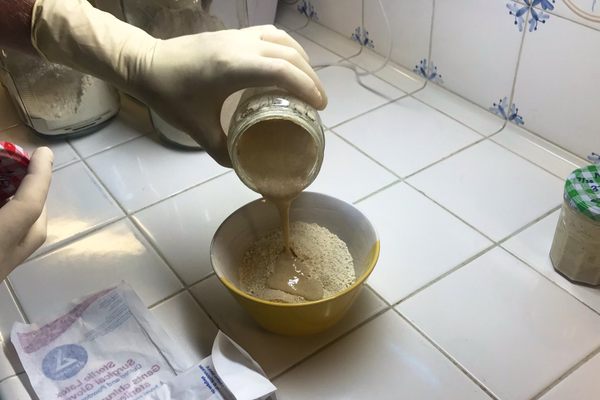
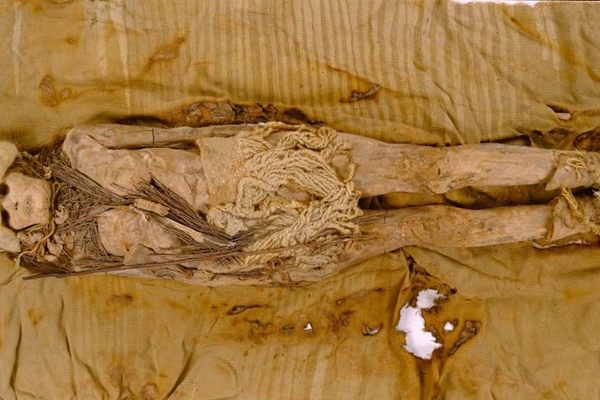




















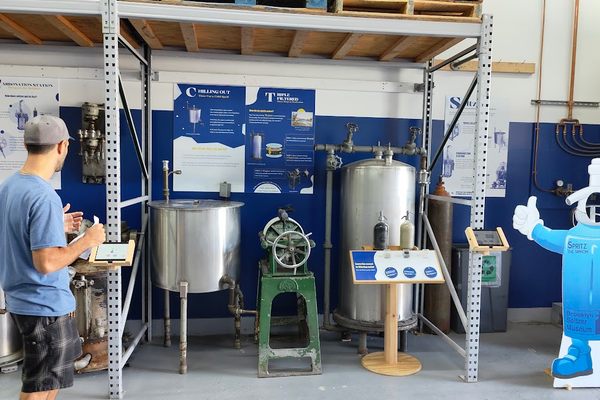

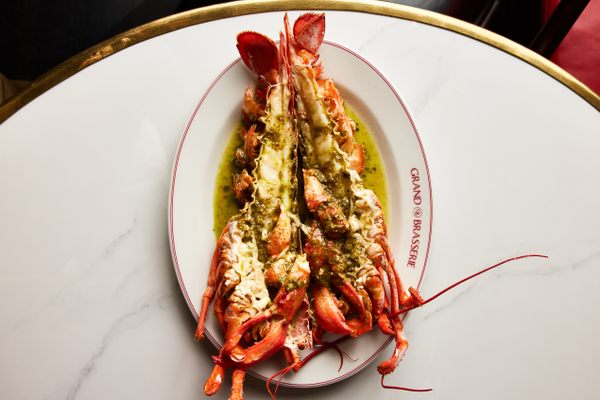



Follow us on Twitter to get the latest on the world's hidden wonders.
Like us on Facebook to get the latest on the world's hidden wonders.
Follow us on Twitter Like us on Facebook